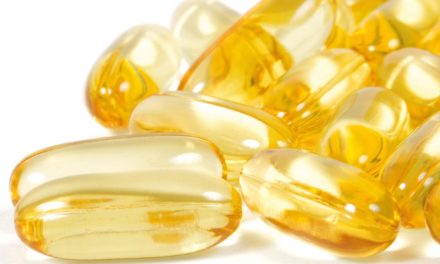Fisetin and Quercetin: Promising Flavonoids with Chemopreventive Potential
Dharambir Kashyap 1, Vivek Kumar Garg 2, Hardeep Singh Tuli 3,*, Mukerrem Betul Yerer 4 , Katrin Sak 5 , Anil Kumar Sharma 3, Manoj Kumar 6, Vaishali Aggarwal 1 and Sardul Singh Sandhu 7
1 Department of Histopathology, Postgraduate Institute of Medical Education and Research (PGIMER), Chandigarh 160012, Punjab, India; make.must@gmail.com (D.K.); vaishali.pgi@gmail.com (V.A.)
2 Department of Biochemistry, Government Medical College and Hospital (GMCH), Chandigarh 160031, Punjab, India; garg.vivek85@gmail.com
3 Department of Biotechnology, Maharishi Markandeshwar (Deemed to be University), Mullana-Ambala 133 207, Haryana, India; anibiotech18@gmail.com
4 Department of Pharmacology, Faculty of Pharmacy, Erciyes University, Kayseri 38039, Turkey; eczbetul@yahoo.com
5 NGO Praeventio, Tartu 50407, Estonia; katrin.sak.001@mail.ee
6 Department of Chemistry, Maharishi Markandeshwar University, Sadopur 134007, Haryana, India; Manojraju27@gmail.com
7 Department of Biological Sciences, RD University, Jabalpur 482001, India; sardulsinghsandhu@gmail.com
* Correspondence: hardeep.biotech@gmail.com; Tel.: +91-9896619923
Received: 2 April 2019; Accepted: 30 April 2019; Published: 6 May 2019
Abstract
Despite advancements in healthcare facilities for diagnosis and treatment, cancer remains the leading cause of death worldwide. As prevention is always better than cure, efficient strategies are needed in order to deal with the menace of cancer. The use of phytochemicals as adjuvant chemotherapeutic agents in heterogeneous human carcinomas like breast, colon, lung, ovary, and prostate cancers has shown an upward trend during the last decade or so. Flavonoids are well-known products of plant derivatives that are reportedly documented to be therapeutically active phytochemicals against many diseases encompassing malignancies, inflammatory disorders (cardiovascular disease, neurodegenerative disorder), and oxidative stress. The current review focuses on two key flavonols, fisetin and quercetin, known for their potential pharmacological relevance. Also, efforts have been made to bring together most of the concrete studies pertaining to the bioactive potential of fisetin and quercetin, especially in the modulation of a range of cancer signaling pathways. Further emphasis has also been made to highlight the molecular action of quercetin and fisetin so that one could explore cancer initiation pathways and progression, which could be helpful in designing effective treatment strategies.
Keywords
apoptosis; cell cycle arrest; extracellular matrix remodeling; epithelial to mesenchymal transition; signaling cascades; flavonoids; fisetin; quercetin








